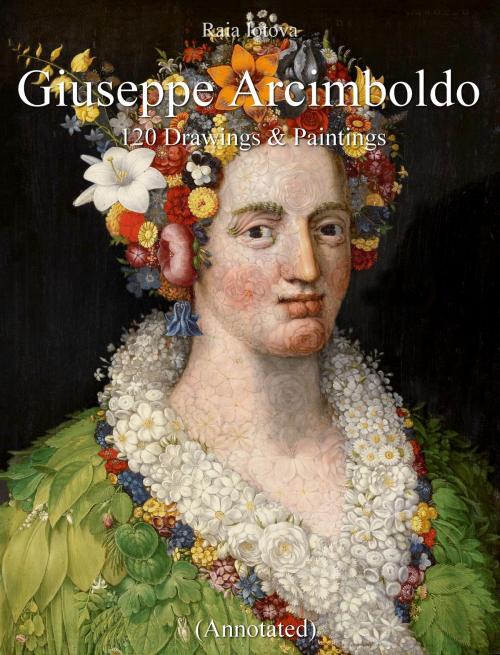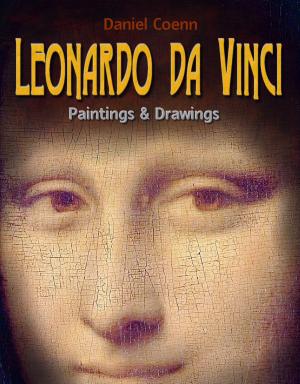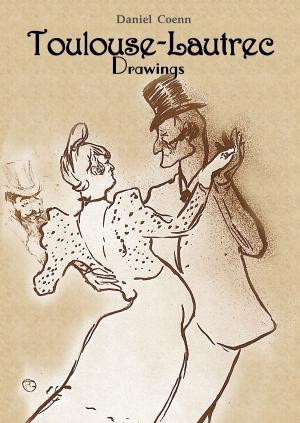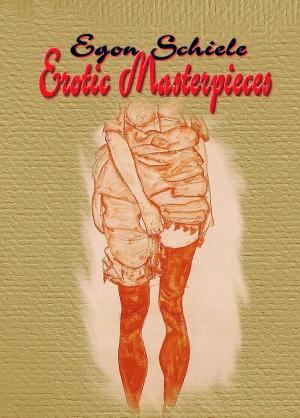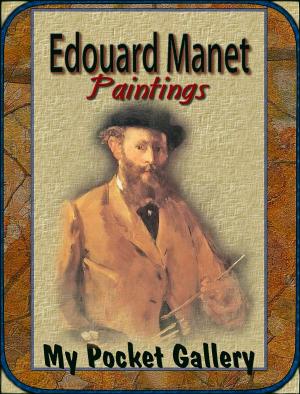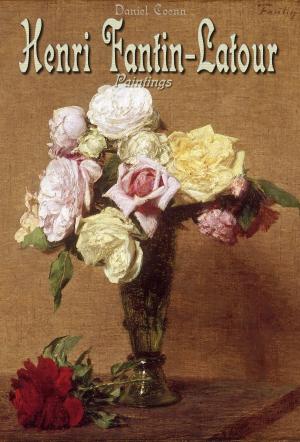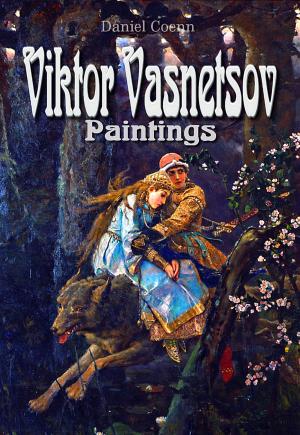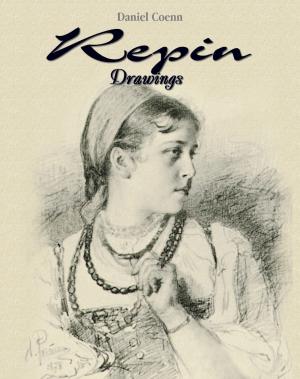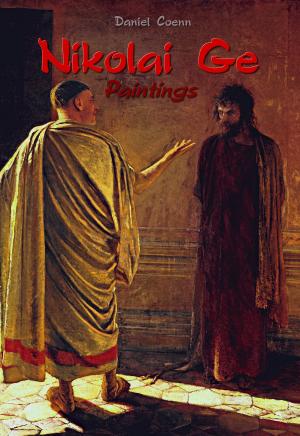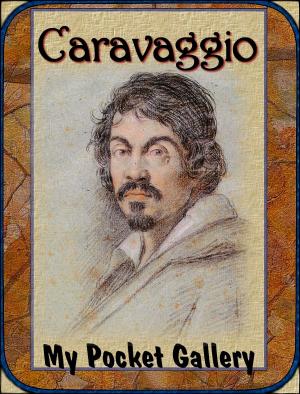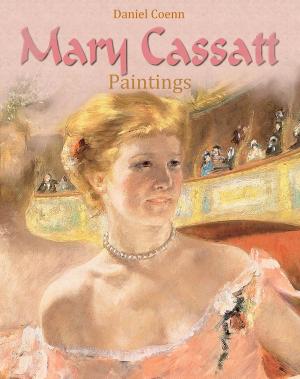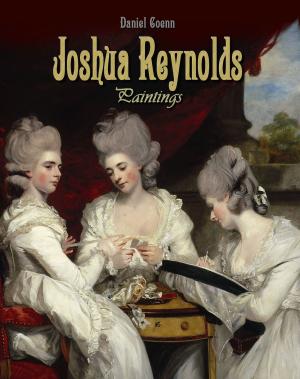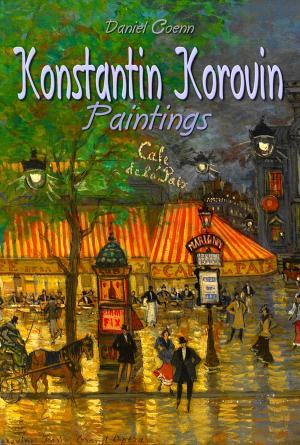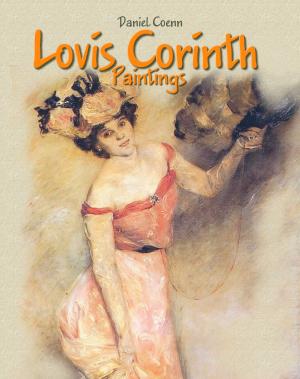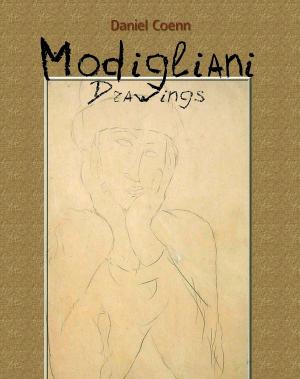Giuseppe Arcimboldo: 120 Drawings & Paintings (Annotated)
Biography & Memoir, Artists, Architects & Photographers, Nonfiction, Art & Architecture| Author: | Raia Iotova | ISBN: | 1230002589053 |
| Publisher: | Classic & Annotated | Publication: | September 29, 2018 |
| Imprint: | Language: | English |
| Author: | Raia Iotova |
| ISBN: | 1230002589053 |
| Publisher: | Classic & Annotated |
| Publication: | September 29, 2018 |
| Imprint: | |
| Language: | English |
Concise, essential and annotated by Raia Iotova, this Art Book contains annotated reproductions of Giuseppe Arcimboldo drawings and paintings, date and interesting facts page below.
Giuseppe Arcimboldo or Arcimboldi, as he is nominated in various archival documents (Milan, 5 April 1526 - Milan, 11 July 1593) was an Italian painter, known above all for the "Composite Heads", burlesque portraits performed by combining, in a sort of trompe-l'œil, objects or elements of the same genus (fruit and vegetables, fish, birds, books, etc.) metaphorically linked to the represented subject, in such a way as to sublimate the portrait itself.
Arcimboldo owes his fame to the stunning portraits of flowers, fruits, animals, but also inorganic objects, which he artfully arranged so that they combine with the help of the imagination of the beholder to the appearance of a human head. These associative pictures often attested to contemporaries with the depicted persons. Arcimboldo proves with this concept as a prominent representative of Mannerism, a style of the late Renaissance. The artists of the Renaissance had achieved a high degree of perfection and harmony in the reproduction of nature. Mannerism provided a counter-proposal or a modern expansion of possibilities at that time. Now individual artists like Arcimboldo based their work on subjective ideas or fantastic ideas that went beyond the classic-harmonic representation. The allegorical or enigmatic (enigmatic, puzzling) image became an essential stylistic element of Mannerism.
Arcimboldo has created numerous paintings of this kind, including a portrait of Emperor Maximilian II, depicting his head as a composition of fish and seafood. He is also known for his reversal pictures, on which still lifes of vegetables or flowers can be seen; if they are turned upside down, they change into portraits.
These and similar inventions of Arcimboldo inspired the surrealists of the twentieth century in various works, for example in Salvador Dalí's Face of Mae West as an Apartment.
Concise, essential and annotated by Raia Iotova, this Art Book contains annotated reproductions of Giuseppe Arcimboldo drawings and paintings, date and interesting facts page below.
Giuseppe Arcimboldo or Arcimboldi, as he is nominated in various archival documents (Milan, 5 April 1526 - Milan, 11 July 1593) was an Italian painter, known above all for the "Composite Heads", burlesque portraits performed by combining, in a sort of trompe-l'œil, objects or elements of the same genus (fruit and vegetables, fish, birds, books, etc.) metaphorically linked to the represented subject, in such a way as to sublimate the portrait itself.
Arcimboldo owes his fame to the stunning portraits of flowers, fruits, animals, but also inorganic objects, which he artfully arranged so that they combine with the help of the imagination of the beholder to the appearance of a human head. These associative pictures often attested to contemporaries with the depicted persons. Arcimboldo proves with this concept as a prominent representative of Mannerism, a style of the late Renaissance. The artists of the Renaissance had achieved a high degree of perfection and harmony in the reproduction of nature. Mannerism provided a counter-proposal or a modern expansion of possibilities at that time. Now individual artists like Arcimboldo based their work on subjective ideas or fantastic ideas that went beyond the classic-harmonic representation. The allegorical or enigmatic (enigmatic, puzzling) image became an essential stylistic element of Mannerism.
Arcimboldo has created numerous paintings of this kind, including a portrait of Emperor Maximilian II, depicting his head as a composition of fish and seafood. He is also known for his reversal pictures, on which still lifes of vegetables or flowers can be seen; if they are turned upside down, they change into portraits.
These and similar inventions of Arcimboldo inspired the surrealists of the twentieth century in various works, for example in Salvador Dalí's Face of Mae West as an Apartment.
